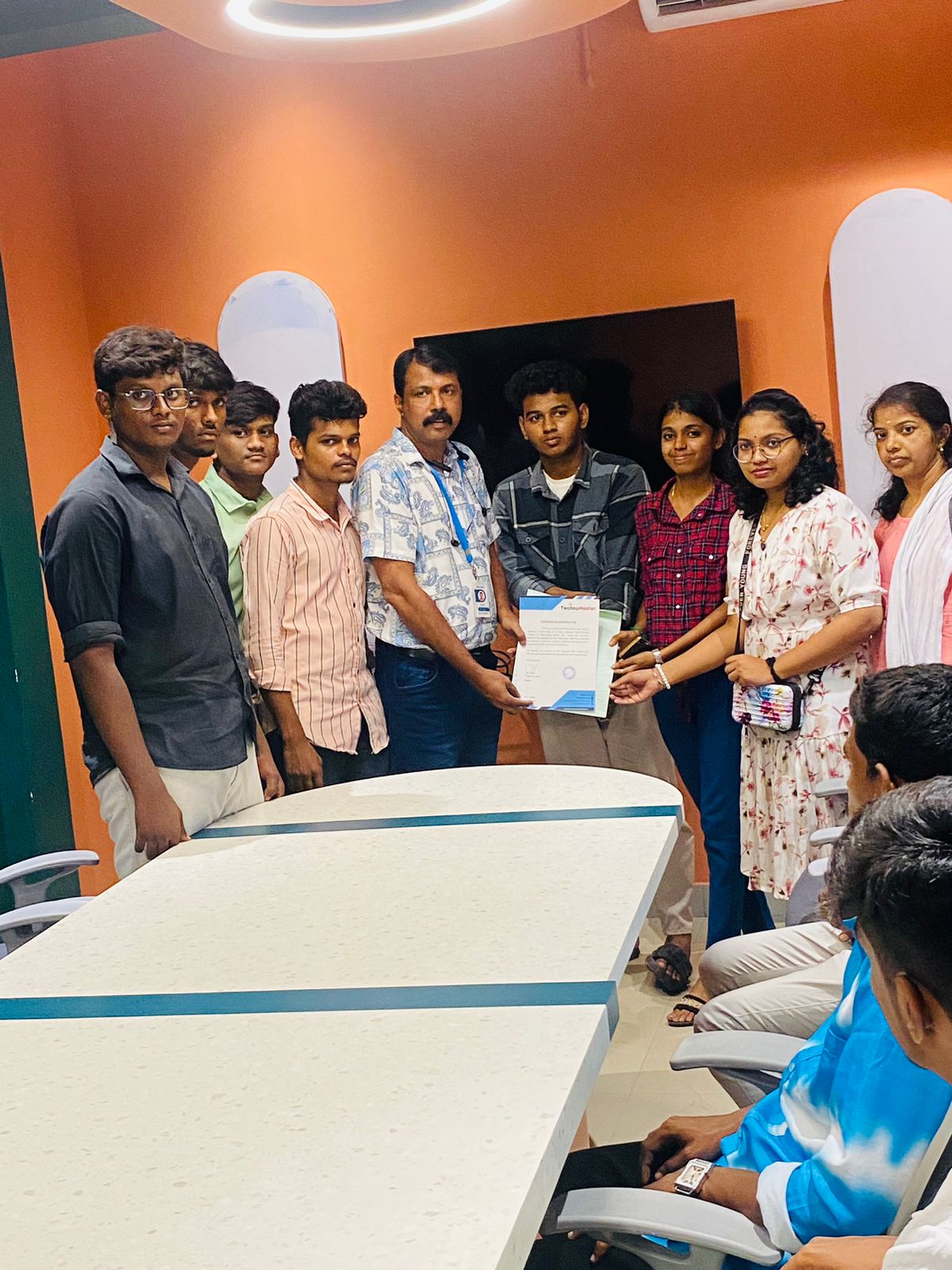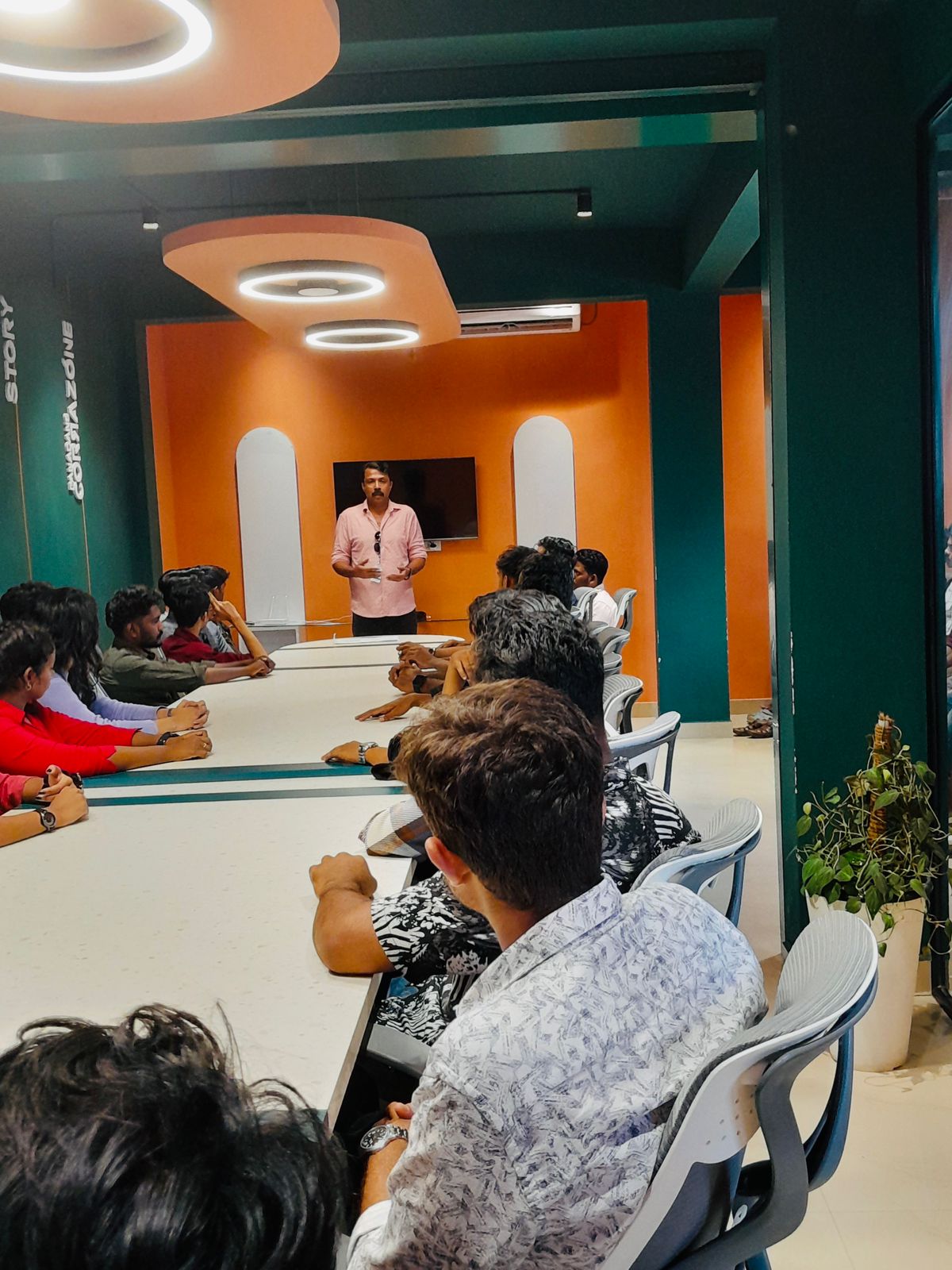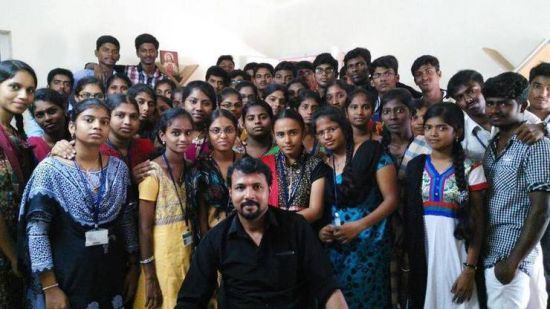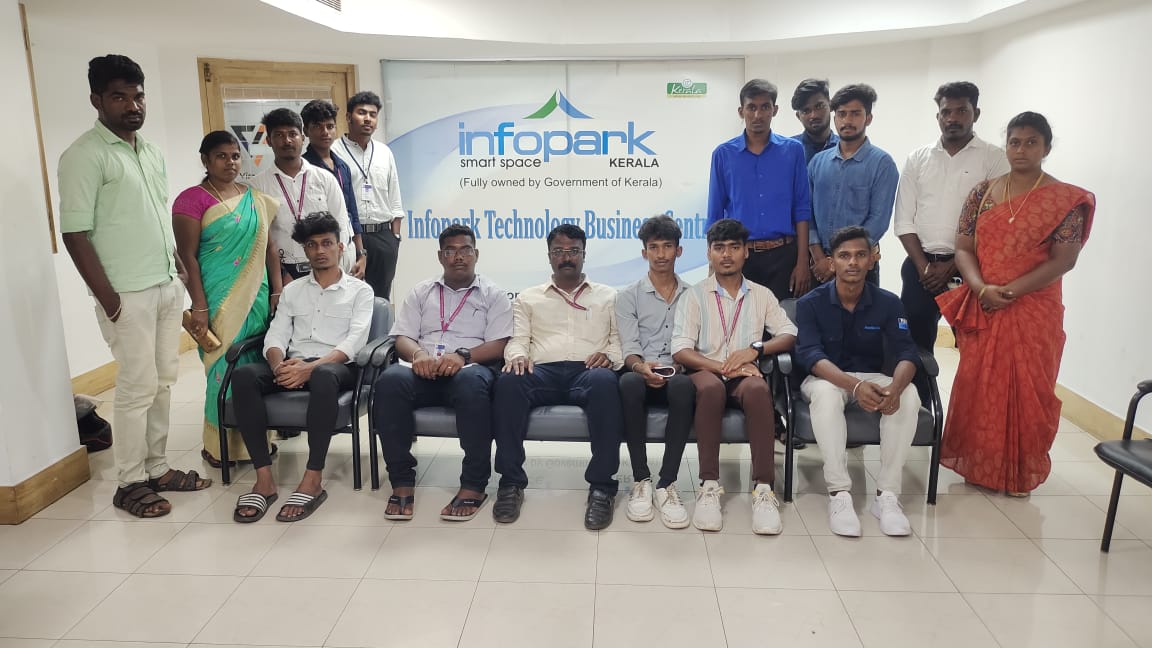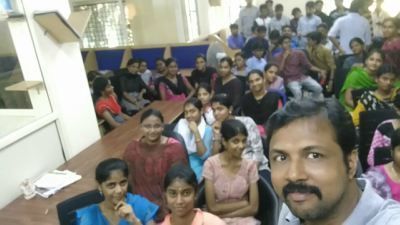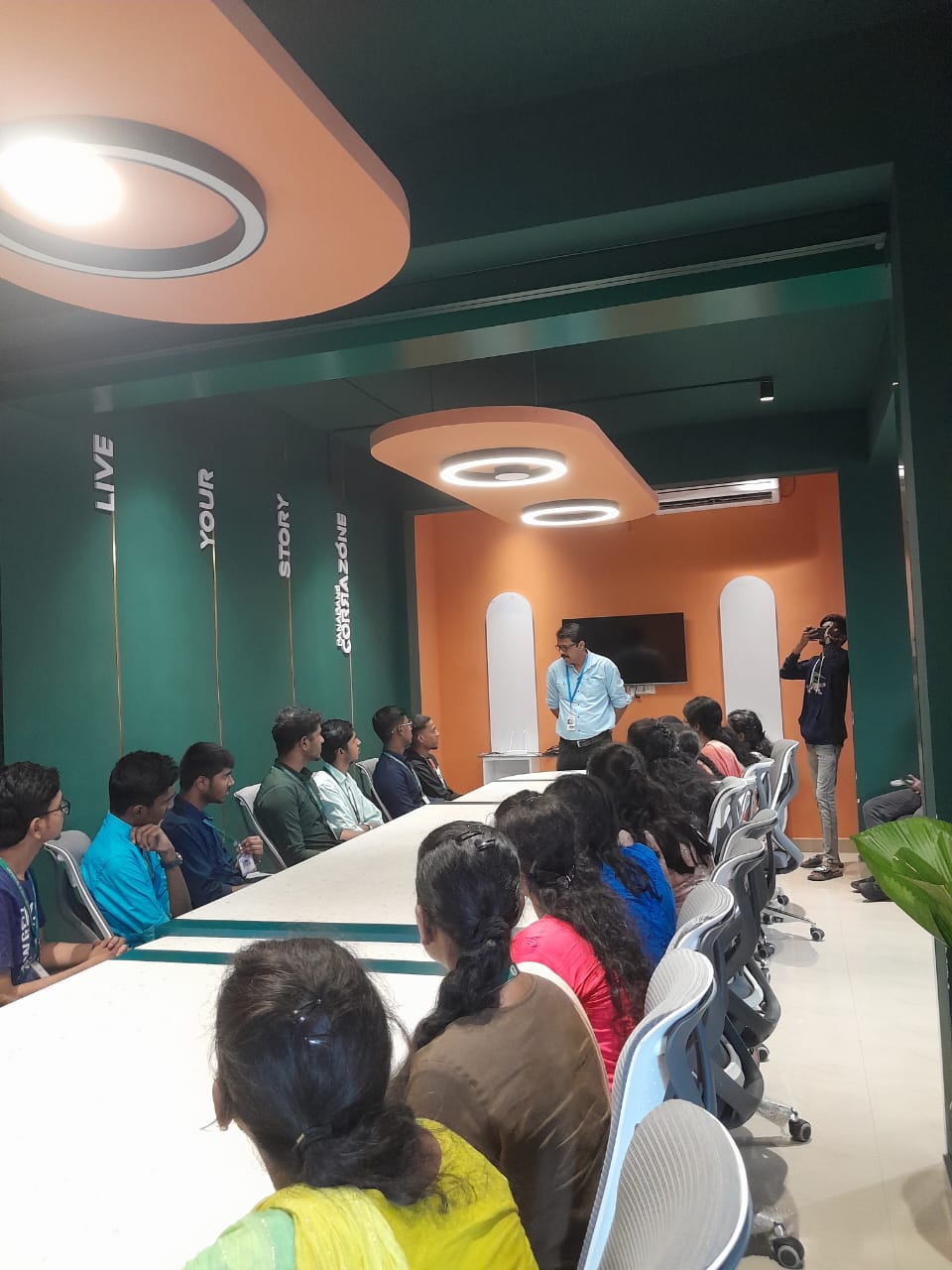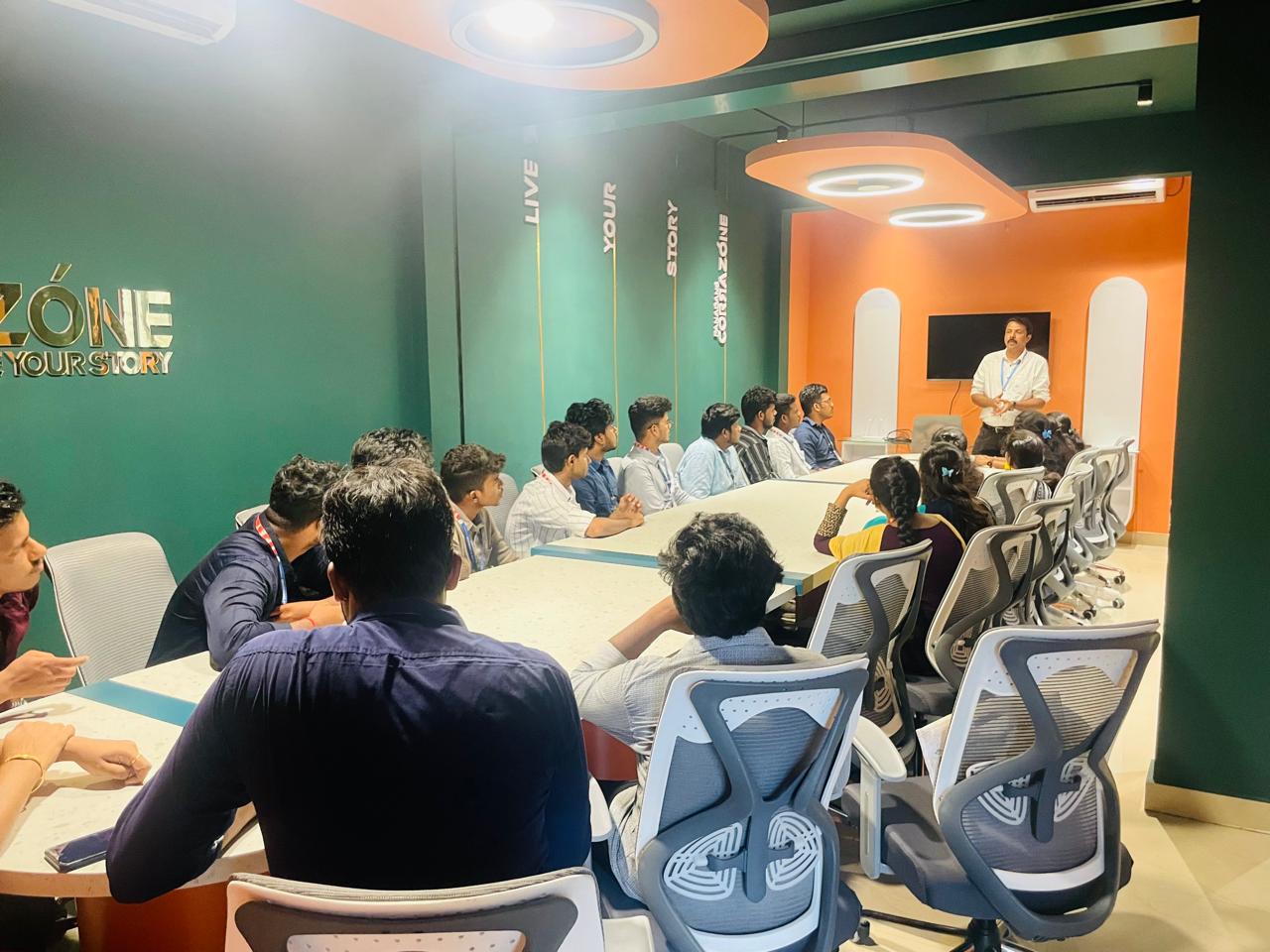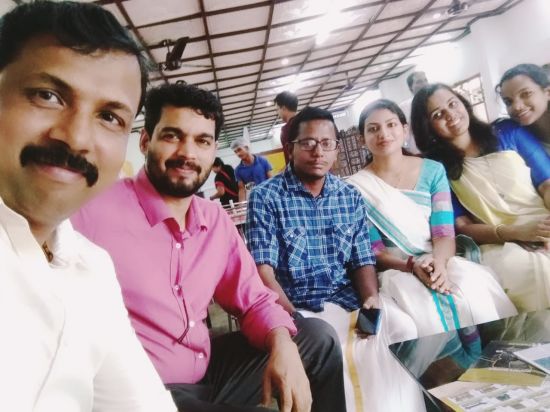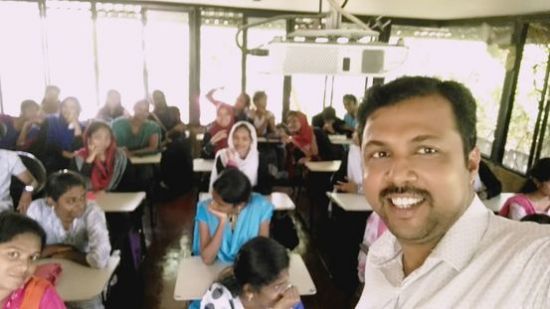Flutter Training by Experts
Our Training Process

Flutter - Syllabus, Fees & Duration
Module 1: Introduction
- Introduction to Flutter
Module 2: Introduction To Dart
- Reason why Dart holds the fort strong.
- Installing Visual Studio Code and the Dart Plugin.
- Installing Dart SDK.
- Writing the first Dart Program.
Module 3: Setting Up Flutter
- Downloading/Cloning the Flutter SDK.
- Installing Flutter Plugin within VS Code.
- Understanding the structure of a Flutter Project.
- Building a simple app from scratch.
Module 4: Introducing Widget
- Widgets and their role in a Flutter app.
- The MaterialApp and Scaffold widget.
- AppBar.
- FloatingActionButton.
- More widgets - Text, Center and Padding.
- Recreating the Default Flutter App (UI Only)
Module 5: Common Widget In Flutter
- Containers and their role.
- Importing images from a network.
- Importing images as assets.
- Adding icons to widgets.
- Understanding Row and Column.
- ListView and ListTile.
- Building views using ListView.builder.
- Inkwell and its importance.
Module 6: Stateless And Stateful Widgets- The Concept
- Stateless vs. Stateful widgets.
- Defining a State
- The setState() method.
- Returning to the Default Flutter App.
Module 7: Navigating Through Navigation
- Navigator and routes.
- Applying push() using MaterialPageRoute.
- Applying pop().
- Declaring parameter-less routes (push Named()) in Materia Lapp widget.
Module 8: Handling User Input
- Using Text Field.
- Handling changes to a Text Field.
- Pass retrieved values using Navigator.
Module 9: User Interface
- Applying Theme Data.
- The Basic Screen Layout.
- Applying Custom Font.
Module 10: Asynchronous Functions
- function.
- async and await
Module 11: Working With Remote Data
- The http package.
- Model Class and JSON parsing.
- Displaying Remote Data. (NEWS API).
Module 12: Local storage
- Shared Preferences.
Module 13: Using 3rd Party Packages
- The url_launcher package.
- Adding onTap() to NEWS API.
Module 14: Other Useful Widgets
- Grid View.
- The Hero Animation
- Stack
- Alert Dialog with buttons.
This syllabus is not final and can be customized as per needs/updates


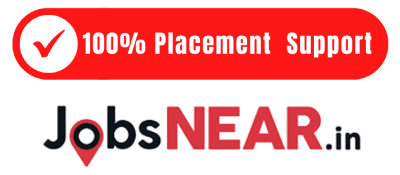

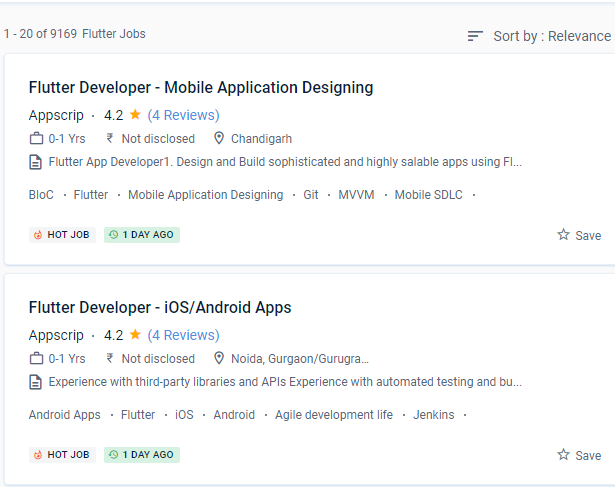
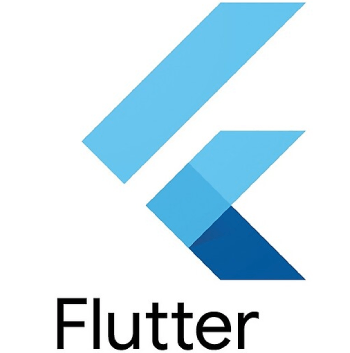 Learn from our on-site Expert Professionals. You'll be able to enjoy stunning widgets that are easily available now that you have your hot engine with high-performance rendering. The majority of the confidential writing on Flutter is done in Dart, which is a programming language similar to Java. Nestsoft offers the best flutter training course that teaches you how to use Flutter to create high-quality, interactive mobile apps for both iOS and robots. The capacity of flutter to consume fewer resources is one of its most prominent properties.
Google designed it using a tiered architecture to produce a UI that is both expressive and adaptable. even if you've never programmed before. It comes with Material Design components that make it possible to create Android apps. As a result, it is more affordable. The ability to provide developers with a tool for creating a unified user experience is its most important feature.
Learn from our on-site Expert Professionals. You'll be able to enjoy stunning widgets that are easily available now that you have your hot engine with high-performance rendering. The majority of the confidential writing on Flutter is done in Dart, which is a programming language similar to Java. Nestsoft offers the best flutter training course that teaches you how to use Flutter to create high-quality, interactive mobile apps for both iOS and robots. The capacity of flutter to consume fewer resources is one of its most prominent properties.
Google designed it using a tiered architecture to produce a UI that is both expressive and adaptable. even if you've never programmed before. It comes with Material Design components that make it possible to create Android apps. As a result, it is more affordable. The ability to provide developers with a tool for creating a unified user experience is its most important feature.








































































